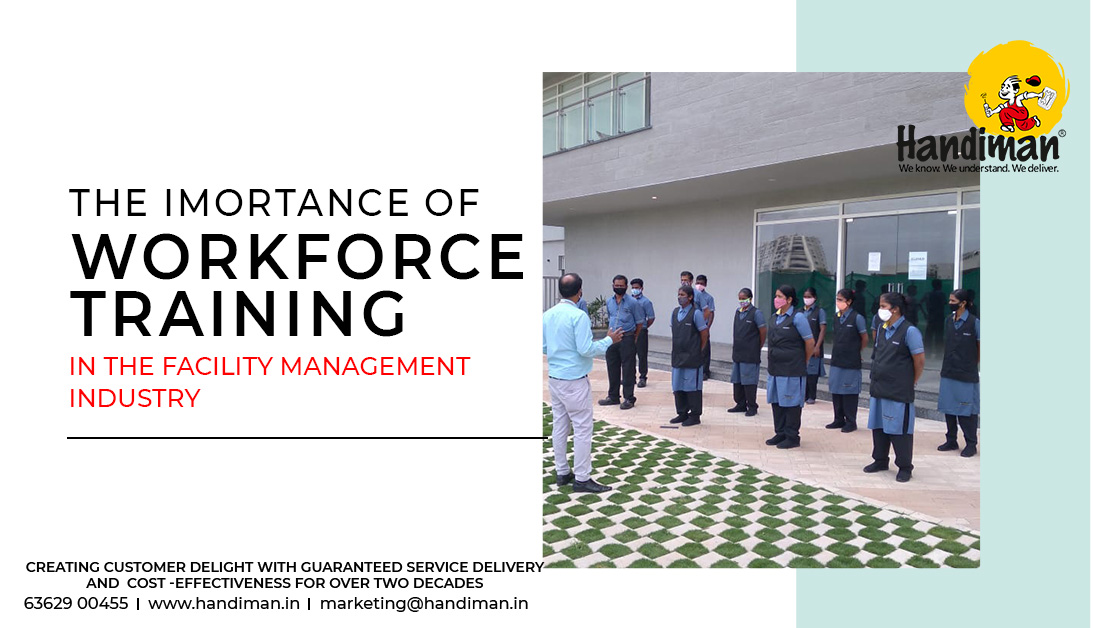
The importance of workforce training in the facility management industry
The scope of duties and the strategies used to deliver services change as the facilities management function does. Participants in this interactive course participate in stimulating discussions and exercises that help them develop the skills, knowledge, and insights they need to successfully manage a facility.
Staff development and training are two of the most crucial elements in the efficient operation of a facility management department.
There is a widespread misconception that "once trained, is fully trained" when it comes to training. Increased education broadens one's knowledge base.
Guidelines for training managers include:
1) Understanding Needs
Determining the crucial training areas based on technician skill level and job responsibilities is an early step in the process. The range of responsibilities and job titles vary greatly between facilities and organizations. Say, repairing an electrical system. An electrician typically works under the supervision of a maintenance supervisor and is given high labour grade tasks like troubleshooting, installing, removing, and repairing a variety of electrical equipment.
2) The Plan's Preparation
Making a master training plan is the first step managers should take to ensure effective training. Job descriptions like the one mentioned above serve as good places to start. The needs analysis for new employees is the second step. The orientation and screening materials should be reviewed by managers. Raising the caliber of employees in the department, the first two steps can significantly increase maintenance productivity.
Sometimes, because we think that knowledge is gained through empirical learning, which is untrue, we are unaware of the need for Facility Management training.
Let's examine the advantages of training
- Describe the key responsibilities of the facility manager's position.
- Meet the higher standards that facility users have.
- Establish the best facility management practices to adhere to local ordinances and the ADA (Americans with Disabilities Act), OSHA (Occupational Safety and Health Administration), and EPA (Environmental Protection Agency).
- For the purpose of outsourcing maintenance, custodial, security, and other contractors, improve your negotiating and contracting skills.
- Create a maintenance plan for your facilities and services.
- Concentrate on controlling expenses, lowering utility costs, and maximizing asset management profits.
The training introduces a new policy, such as new building codes, sizing requirements, or furniture allotments. Such instruction clarifies how to implement the policy in the real world. Such meetings bring together the policymakers and the field operatives, who frequently do not communicate with one another in large, dispersed facility staff organizations with highly structured services. A deeper understanding of various policies is guaranteed by this kind of training.
